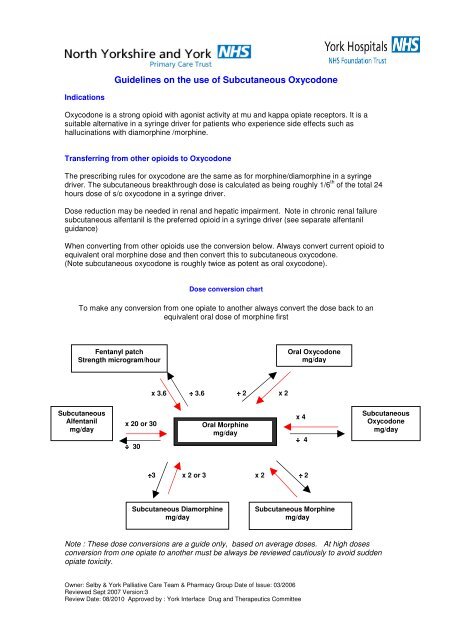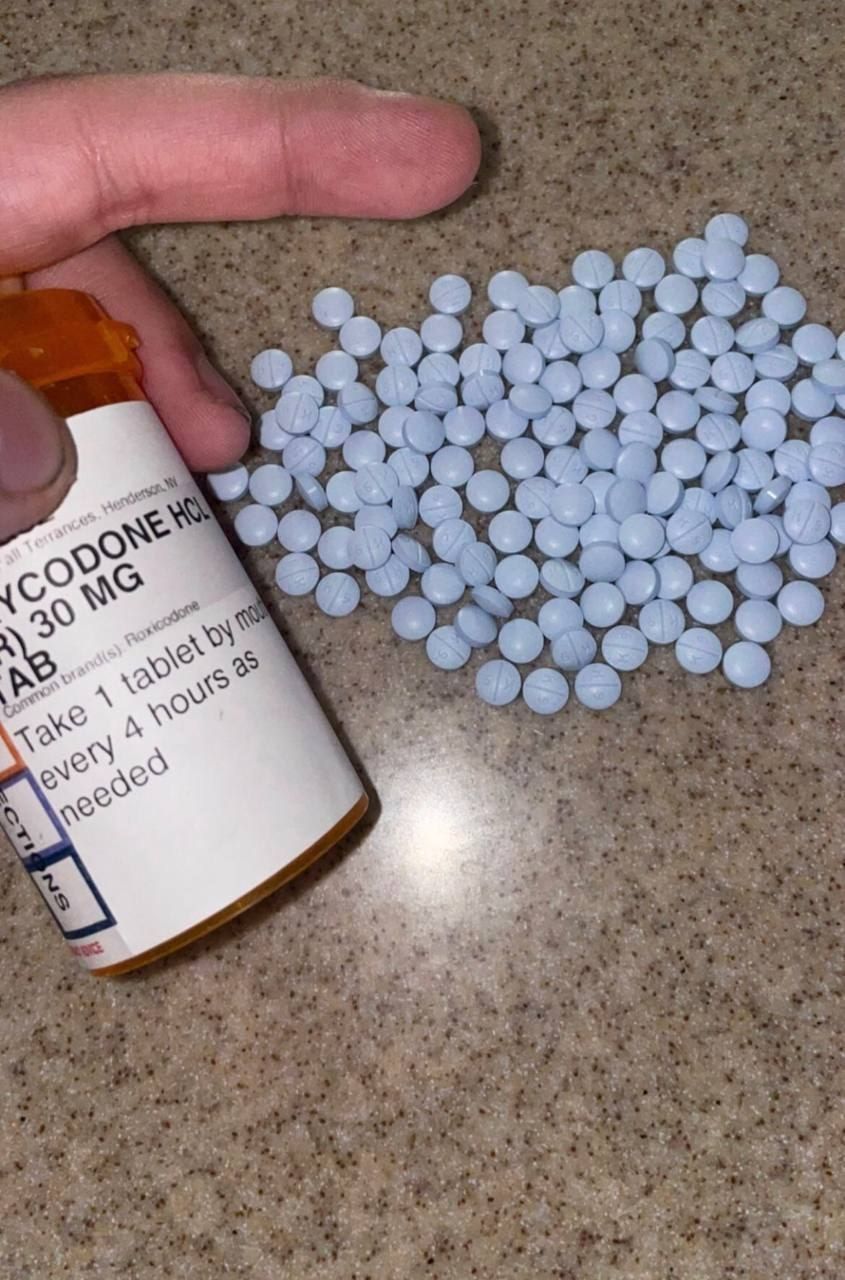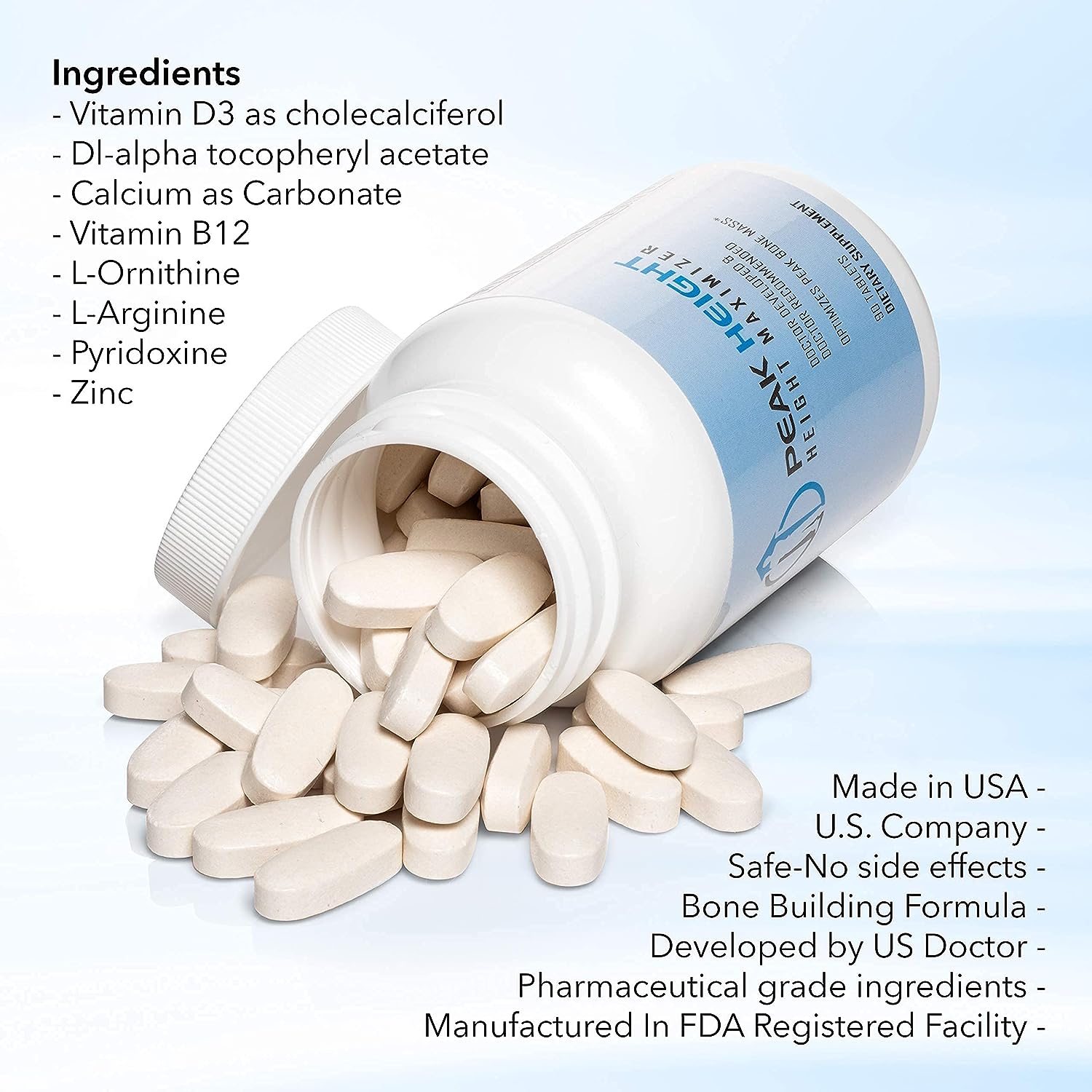Oxycodone has a long and complex history Recovery from Addiction that dates back to the early 20th century. It was first synthesized in 1916 by a German chemist named Martin Freund. Freund was working for the pharmaceutical company Bayer at the time, and he was attempting to create a less addictive alternative to morphine. His efforts led to the creation of oxycodone, which was initially marketed under the brand name Eukodal.
At the time of its invention, oxycodone was primarily used as an analgesic for the treatment of acute and chronic pain. However, its potential for abuse and addiction soon became apparent. In the 1960s, the United States saw a significant rise in the misuse of prescription opioids, including oxycodone. This led to increased regulation and control over the distribution and prescribing of the drug.
Over the years, pharmaceutical companies have developed various formulations of oxycodone to address different patient needs. One of the most common forms is immediate-release oxycodone, which provides rapid pain relief but has a short duration of action. This type of oxycodone is often prescribed for acute pain, such as post-surgical pain or injuries.
Another type of oxycodone is extended-release, which is designed to provide long-lasting pain relief. This formulation is often used for chronic pain management, as it allows for around-the-clock pain control. Extended-release oxycodone is typically prescribed to patients who require continuous pain relief and have developed a tolerance to immediate-release formulations.
In recent years, there has been growing concern about the misuse and abuse of oxycodone, particularly in the form of prescription opioid addiction. The opioid crisis has led to increased scrutiny of the prescribing practices surrounding oxycodone and other similar medications. Healthcare providers are now encouraged to use caution when prescribing opioids and to consider alternative pain management strategies whenever possible.

Other Variations of Oxycodone
In addition to the immediate-release, extended-release, and combination products, there are other variations of oxycodone available on the market. These variations are designed to meet the specific needs of patients with different pain conditions or preferences for administration.
Oxycodone Oral Solution
For patients who have difficulty swallowing tablets, an oral solution of oxycodone is available. This liquid form of the medication allows for easier administration and can be particularly helpful for individuals with certain medical conditions or those who have undergone certain types of surgeries.
Oxycodone Controlled-Release Capsules
Controlled-release capsules are another option for individuals who require long-lasting pain relief. These capsules contain small beads of oxycodone that are released slowly over time, providing a steady and continuous level of medication in the body. This can be beneficial for patients with chronic pain conditions that require consistent pain management throughout the day.
Oxycodone Transdermal Patch
For individuals who prefer a non-oral route of administration, an oxycodone transdermal patch is available. This patch is applied to the skin and delivers a controlled amount of medication through the skin and into the bloodstream over a period of time. This method can be convenient for patients who have difficulty swallowing or who may experience gastrointestinal side effects from oral medications.
Oxycodone Suppositories
In certain situations, such as when a patient is unable to take medications orally, oxycodone suppositories may be prescribed. These suppositories are inserted into the rectum, where they dissolve and release the medication directly into the bloodstream. This method can be useful for patients who are unable to swallow or absorb medications through the gastrointestinal tract.
Overall, the various types of oxycodone formulations and combinations provide healthcare professionals with a range of options to tailor pain management to the specific needs of each patient. It is important for healthcare providers to carefully consider the individual’s pain condition, medical history, and preferences when selecting the most appropriate form of oxycodone for their patients.

Recovery from Addiction
In addition to its primary use for pain management, oxycodone is also utilized in the treatment of opioid addiction. The drug is a key component of medication-assisted treatment programs, which aim to help individuals overcome their dependence on opioids.
When used in this context, oxycodone is administered in controlled doses under the supervision of healthcare professionals. It helps to alleviate withdrawal symptoms and cravings, allowing individuals to focus on their recovery and reduce the risk of relapse.
Medication-assisted treatment programs often combine the use of oxycodone with counseling and behavioral therapy, providing a comprehensive approach to addiction recovery. This integrated approach addresses both the physical and psychological aspects of addiction, increasing the chances of successful long-term recovery.

Palliative Care
Oxycodone plays a crucial role in palliative care, which focuses on providing comfort and relief to individuals Recovery from Addiction with serious illnesses. In cases where curative treatment is no longer an option, oxycodone can help manage symptoms such as pain, shortness of breath, and anxiety.
By effectively managing these distressing symptoms, oxycodone allows individuals to maintain a better quality of life during their final stages of illness. It provides comfort and eases suffering, enabling patients to spend their remaining time with dignity and peace.
Furthermore, oxycodone can also be used in conjunction with other medications to address specific symptoms. For example, it may be combined with antiemetics to alleviate nausea and vomiting, or with laxatives to manage opioid-induced constipation.
Overall, the uses of oxycodone extend beyond pain management. From aiding in addiction recovery to providing comfort in palliative care, this medication serves a vital role in various healthcare settings, improving the well-being of countless individuals.
In response to the growing concerns about the misuse and addiction potential of oxycodone, regulatory measures were implemented to restrict its availability. These measures included the reclassification of oxycodone as a Schedule II controlled substance in the United States, which imposed stricter regulations on its prescription and dispensing.
Despite these efforts, the misuse of oxycodone continued to be a significant public health issue. Individuals who were unable to obtain oxycodone through legitimate means turned to illicit sources, such as street dealers or online pharmacies, to satisfy their cravings. This led to an increase in overdose deaths and other negative consequences associated with opioid addiction.
To address the opioid crisis, various strategies have been implemented, including the expansion of access to medication-assisted treatment (MAT) and the development of abuse-deterrent formulations of oxycodone. Abuse-deterrent formulations are designed to make it more difficult to misuse oxycodone by crushing, snorting, or injecting it.
Furthermore, efforts have been made to improve the education and training of healthcare providers regarding the appropriate use of oxycodone and the identification of individuals at risk for opioid addiction. This includes the implementation of prescription drug monitoring programs (PDMPs) to track the prescribing and dispensing of controlled substances, including oxycodone.
While these measures have had some impact in reducing the misuse of oxycodone, the opioid crisis continues to be a complex and multifaceted issue. It requires a comprehensive approach that addresses not only the availability and accessibility of opioids but also the underlying factors contributing to opioid addiction, such as social and economic disparities, mental health issues, and the stigma associated with seeking help for substance use disorders. Recovery from Addiction
As the understanding of the complexities of opioid addiction continues to evolve, so too does the approach to addressing the opioid crisis. Research is ongoing to develop alternative pain management strategies that reduce the reliance on opioids and to improve the treatment options available for individuals struggling with opioid addiction.

 Cart is empty
Cart is empty 







